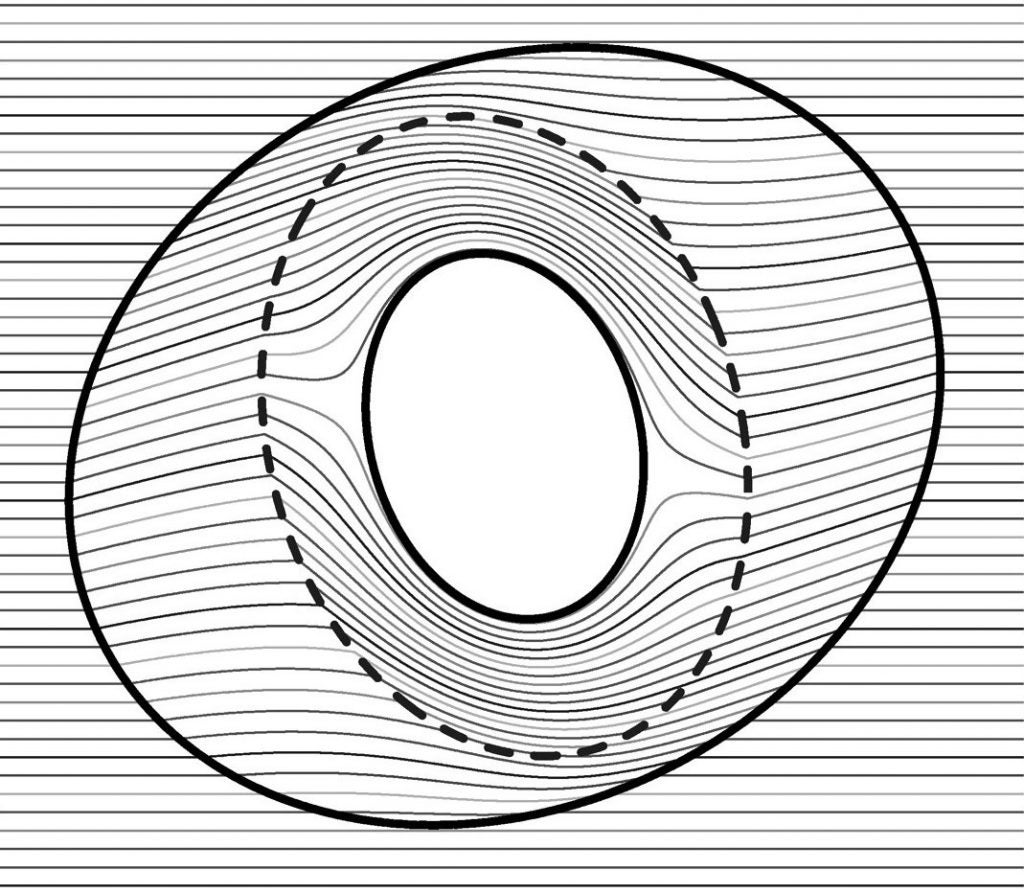Rutgers professor studying invisibility says it’s only a little like Harry Potter
Professor Andrew Norris is creating ways to make sound waves go around underwater objects, instead of bouncing back.

Actor Daniel Radcliffe poses for a portrait while promoting the film "The Woman In Black" Friday, Jan. 6 in New York City. (Carlo Allegri/AP Photo)
Rutgers University professor Andrew Norris studies the way sound waves move. He has created a model for directing these waves to go around — instead of colliding with — an object, hiding it from detection.
The field is called cloaking, and it might bring to mind Harry Potter’s cloak of invisibility that got him into so much trouble.
But Norris is no wizard. What he has done is demonstrate a device that focuses sound under water. It works much like a lens directs light, and it helps illuminate the possibilities that come with controlling sound.
“When sound hits anything, it bounces back,” Norris said.

This is how sonar works — we know waves have reached an object when they are echoed back. If the object were cloaked, though, it would have no effect on sound waves.
“It would appear as if it were just a region of air, with nothing there.”
The prospect of invisibility is exciting, Norris said.
But his underwater lens — roughly a 1-foot cube — is only a limited prototype. It uses a metallic, latticelike structure to focus sound down to a point. A true cloak, though, would need to do much more. And it wouldn’t look like we might imagine.
“Your Harry Potter cloak is nice and thin,” Norris said, “[but] you’d actually need something pretty thick, and it’s got to be some sort of strange material, which would take the sound coming in from whatever direction it is and make that sound go around the object.”
That strange material, Norris has discovered, is metal. And therein lies the problem. While most 3-D printers use plastic polymers, it’s still not possible to use metal on a large scale.
For now, Norris’ research applications are modest. He has gotten some nibbles, he said, from those interested in developing better technology for fish detection. Multiple sound sources are now needed to locate fish, but a lens like Norris’ would direct a single beam of sound just where it’s needed. It would also amplify the received sound coming back from the fish.
The U.S. Navy has expressed interest in his work, Norris said, but his research isn’t about figuring out how to cloak a submarine. That would be totally impractical at this stage, he said. The cloak would be just as large as the craft and very heavy.
For Norris, the real work is not about making cloaks, but about experimenting with the materials that can manipulate sound, such as his acoustic lens.
“We’re more interested in looking at the limits of possibilities, the extreme properties that might be achievable with this kind of metal structure,” he said.
WHYY is your source for fact-based, in-depth journalism and information. As a nonprofit organization, we rely on financial support from readers like you. Please give today.




